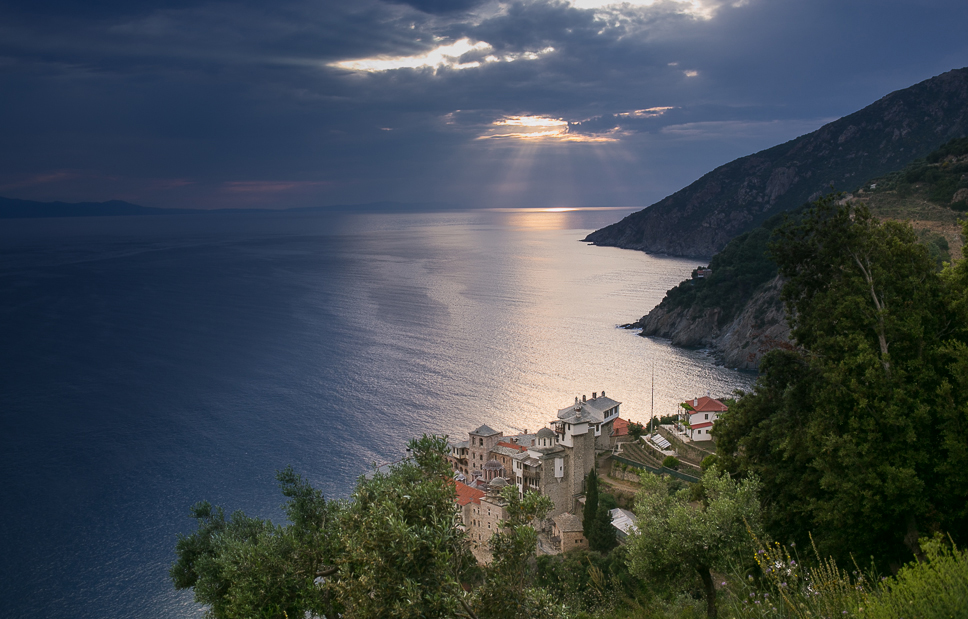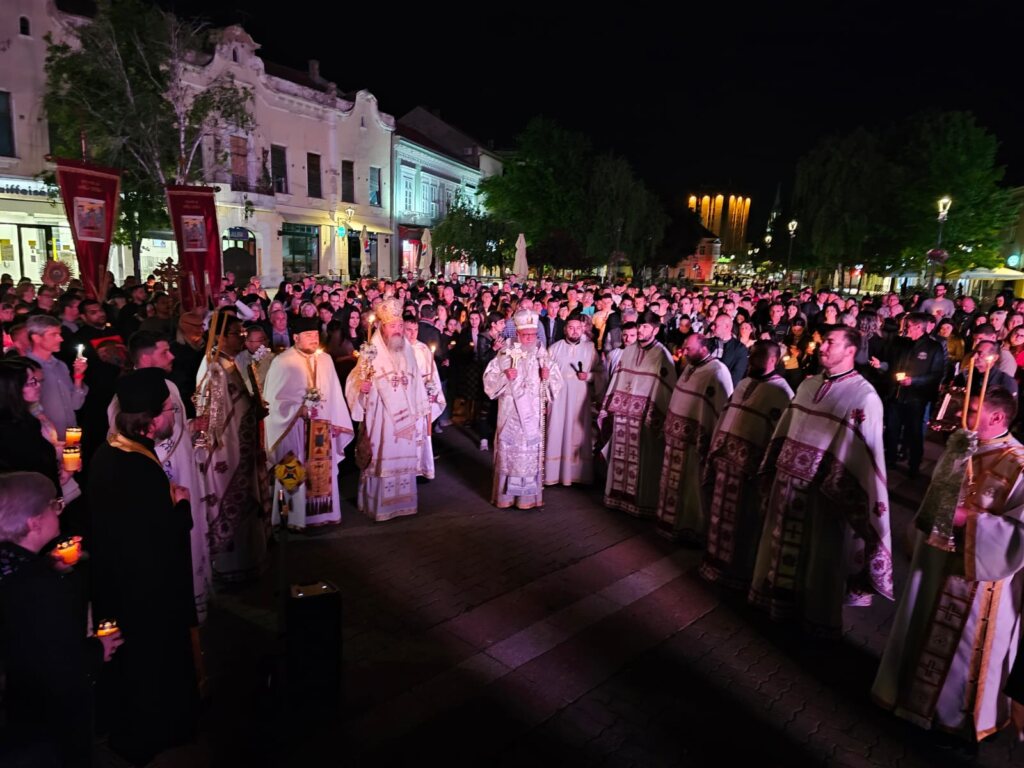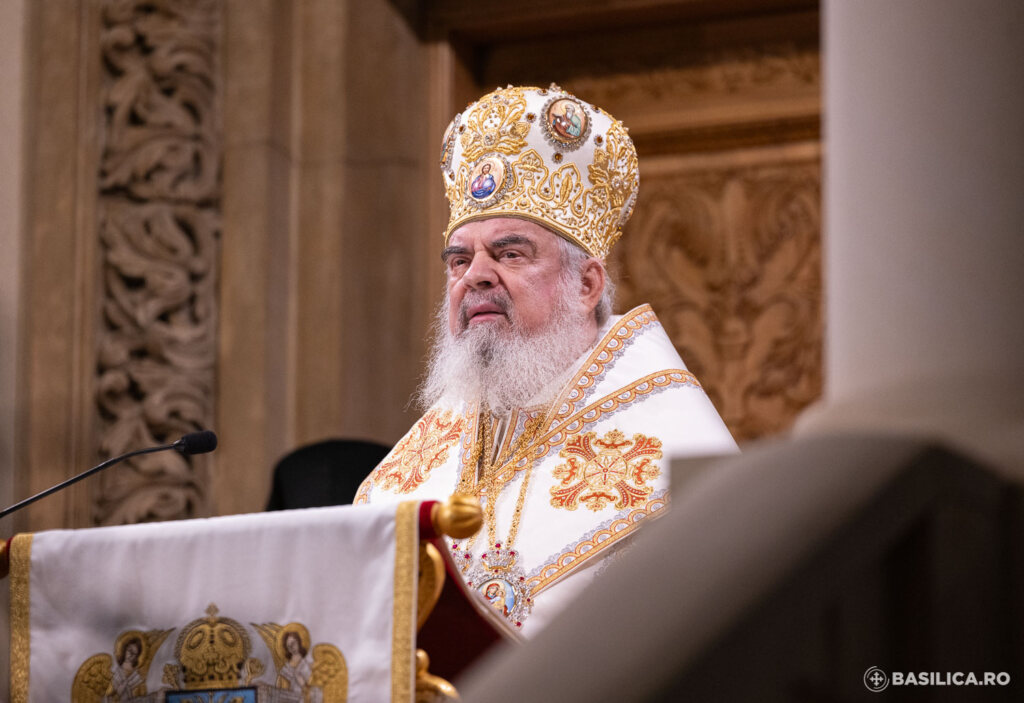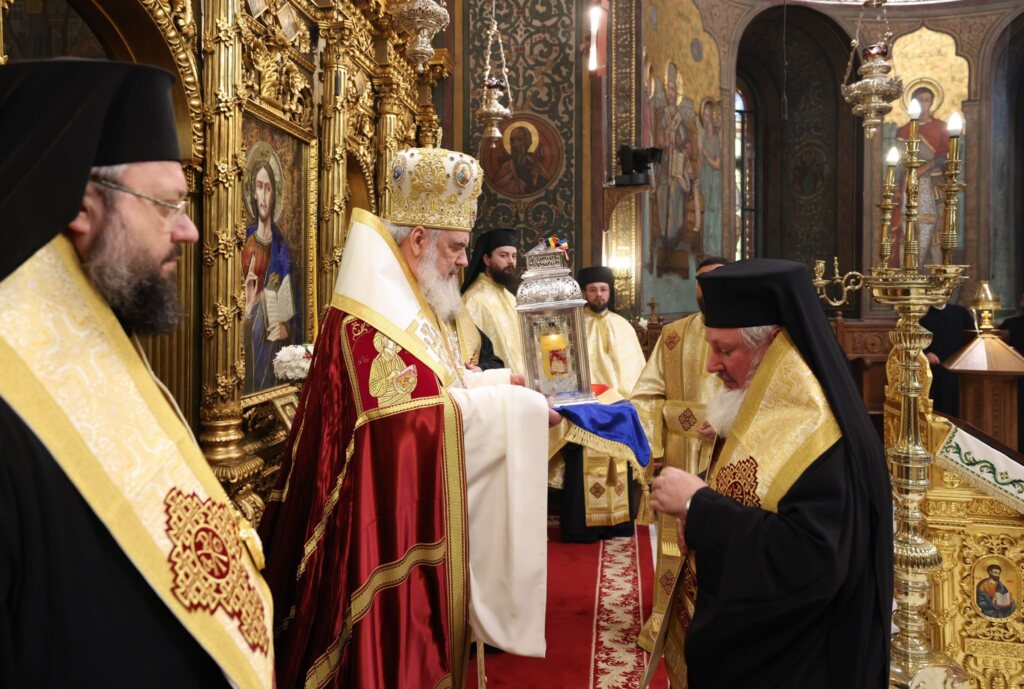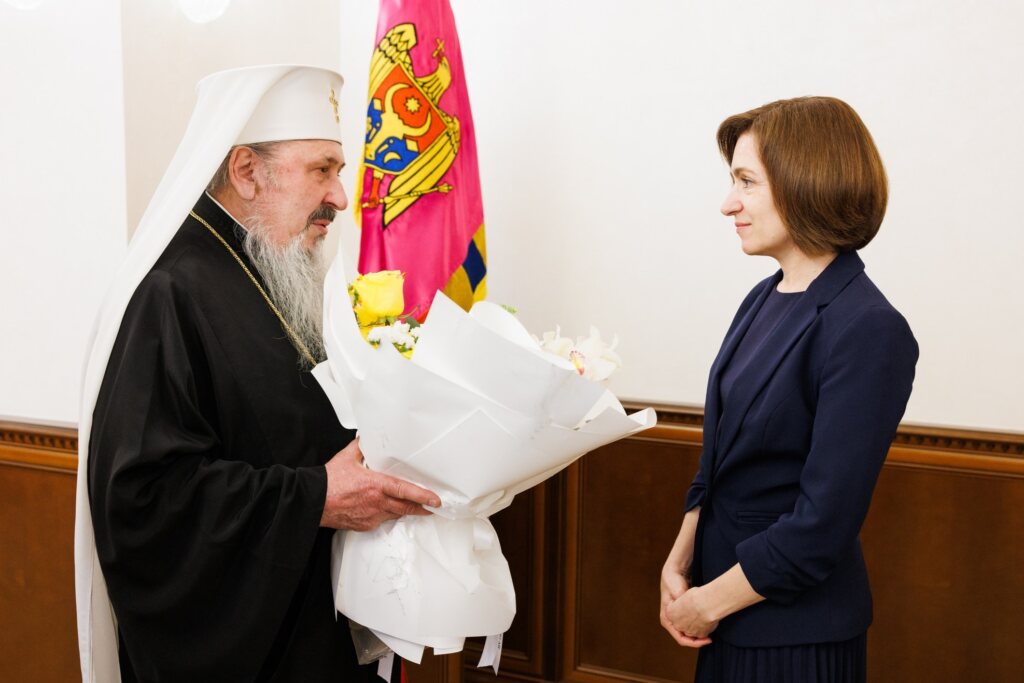“For we are God’s fellow workers; you are God’s field, you are God’s building. According to the grace of God which was given to me, as a wise master builder I have laid the foundation, and another builds on it. But let each one take heed how he builds on it. For no other foundation can anyone lay than that which is laid, which is Jesus Christ” (1 Corinthians 3, 9-11).
St. Paul introduces us through his words in understanding the role we have in the plan of the Savior’s saving work. God has called us in Christ His Son to be active participants in the work of our salvation. We are participants due to the fact that we are recipients of the seed of divine will in our lives. Everyone receives from God one or more gifts that he can use during his life and in the society in which he works.
God’s gifts create human solidarity because each person feels that he needs the other’s gift in order to be able to increase the progress of all as a community. No one but God has all the gifts. That is why each of the people needs the other and his gift to create the harmony of a whole that will help the growth and progress of all. In turn, each generation is called to add something to the spiritual and material well-being of human society.
The apostles, like the Apostle to the Gentiles, laid the foundation of the Church seen as confessors of Christ as the Son of God incarnate, dead and risen, and as bearers through their ordination to the Descent of the Holy Spirit of the work of transfiguring, restorative and saving grace. Even if the ages change, the generations have in common in their work the laid foundation which is Christ. As the sanctified temple of God, man understands that the only and authentic foundation of his person, which makes him understand himself in an authentic and true way, is Christ.
Example The Holy Apostles in the middle of the night in the middle of the stormy sea with big waves and a contrary wind reproduces very well the image of the Church that lives and moves, sails, in the middle of the storms of this world. The ship is the image of the Church that uses the inspiration of the Holy Spirit to navigate to its final destination which is the kingdom of God.
The church carries in its bosom like a ship the shipwrights who are the tried crew who know the rudiments of navigation as they should. These are the ministers of the Church who use the means left by Christ – the Holy Mass, the Holy Sacraments, the other hierarchies and prayers – which make up the concrete and helpful elements in the pilgrim’s journey of a safe life to achieve the ultimate goal.
There are spiritual storms that disturb the sea of our humanity and the only means that can help us is the advice of the perfect Architect of all things who is God. Prayer is dialogue with Him, a dialogue or language learned with the help of the words of the Church’s teachers who are holy. They teach us through the prayers left to us over time the alphabet of proper speech with God. It is possible that during our lifelong navigation we reach moments where none of our acquired knowledge stops working. But it always remains the means that never disappears, that is, prayer or conversation with God.
“Meanwhile the boat carrying the disciples – that is, the church – is rocking and shaking amid the storms of temptations, while the adverse wind rages on. That is to say, its enemy the devil strives to keep the wind from calming down. But greater is he who is persistent on our behalf, for amid the vicissitudes of our life he gives us confidence. … Therefore, stay inside the boat and call upon God. When all good advice fails and the rudder is useless and the spread of the sails presents more a danger than an advantage, when all human help and strength have been abandoned, the only recourse left for the sailors is to cry out to God.”[1]
There are times in human life and history when all the experience gained in the spiritual art of spiritual navigation in the stormy seas of our humanity may no longer help in appearance. The skill of the advice and examples of the millennial tradition sometimes seem to no longer work. There remains confidence in the living word of God that can give salvation the help necessary for the dangers of these storms. For the evil one never tires of opposing the spiritual work of man. But He who is greatest above all is God who allows all in His omniscience for the benefit of man.
“Accordingly, neither did He present Himself to them at once. For it is written that ‘in the fourth watch of the night He came to them, walking on the sea’. He was instructing them not too hastily to seek for their deliverance from their pressing dangers but to bear all challenges courageously.”[2]
St. John Chrysostom shows that the time of trial is a will of God. The time of trial shows the courage and faith of the tried. The fact that Christ shows himself to the disciples in the morning after they have faced the dangers of the turbulent sea shows that God gives the disciples time to face the challenges of the sea to become tried disciples, unafraid of any danger that arises at once.
It allows the disciples to face the challenges and dangers of the storm in order to test their faith and perseverance in achieving their goal which is to cross the sea to the peace of the stable earth and surely a similar condition of the kingdom of God.
The calm of the sea and the safe navigation of the boat come only when Christ ascends in it and goes ashore. The boat or the ship is the image of the Church that carries those who believe in it. It is the community of those who believe and live their lives in the presence of Christ.
But the ship is not only the image of the Church as a whole but also that of the soul struggling in itself with the passions: “While the human praise does not tempt the Lord, people are often ruffled and nearly entranced by human praise and honors in the church. Peter was afraid on the sea, terrified by the great force of the storm. Indeed, who does not fear that voice: ‘Those who says you are happy place you in error and disturb the path of your feet?’ (Isaiah 3, 12). And since the soul struggles against the desire for human praise, it is good for it to turn to prayer and petition amid such danger, lest one who is charmed by praise be overcome by criticism and reproach. Let Peter, about to sink in the water, cry out and say, ‘Lord, save me!’ The Lord reached out his hand. He chided Peter, saying, ‘O man of little faith, why did you doubt?’ – that is, why did you not, gazing straight at the Lord as you approached, pride yourself only in him? Nevertheless, He snatched Peter from waves and did not allow him who was declaring his weakness and asking the Lord for help to perish.”[3]
Peter’s example is important in making us understand the soul’s struggle to keep the faith. Because of faith like Peter, the soul plunges into the waves of this world in an attempt to reach God. Doubts arise when temptations are as great as opposing waves and winds. But salvation is at hand because of the cry of repentance to God of the soul that begins to be penetrated by fear and doubt, like the cry of Peter when he feels that he begins to sink at the sight of the restless waves of the sea. After Iron.
Augustine’s loss of purity and simplicity of faith is due to worldly praises and vain glory that permeates our human customs and traditions in the Church as well. The gaze must always be directed to God beyond the obstacles that diminish the direct relationship with God. It maintains the immediate connection and makes us walk on the waves of the stormy sea of our human reality. We also learn, the Holy Apostles, that the presence of God through His Son is essential to navigate our life in the right direction regardless of the opposing things that arise because His presence calms and transcends everything.
† HG Bishop Ioan Casian
Photography courtesy of Basilica.ro / Mircea Florescu
[1] St. Augustine. Sermon 75.4 in Thomas C. Oden (ed.). Ancient Christian Commentary on Scripture (New Testament Ib/Matthew 14-28). InterVarsity Press: Downers Grove, IL, USA 60515, 2002, p 11-12 col.2/1
[2] St. John Chrysostom. The Gospel of Matthew, Homily 50.1 in Thomas C. Oden … p 13 col.1
[3] St. Augustine. Sermon 75.10 in Thomas C. Oden … p 14-15 col.2/1
